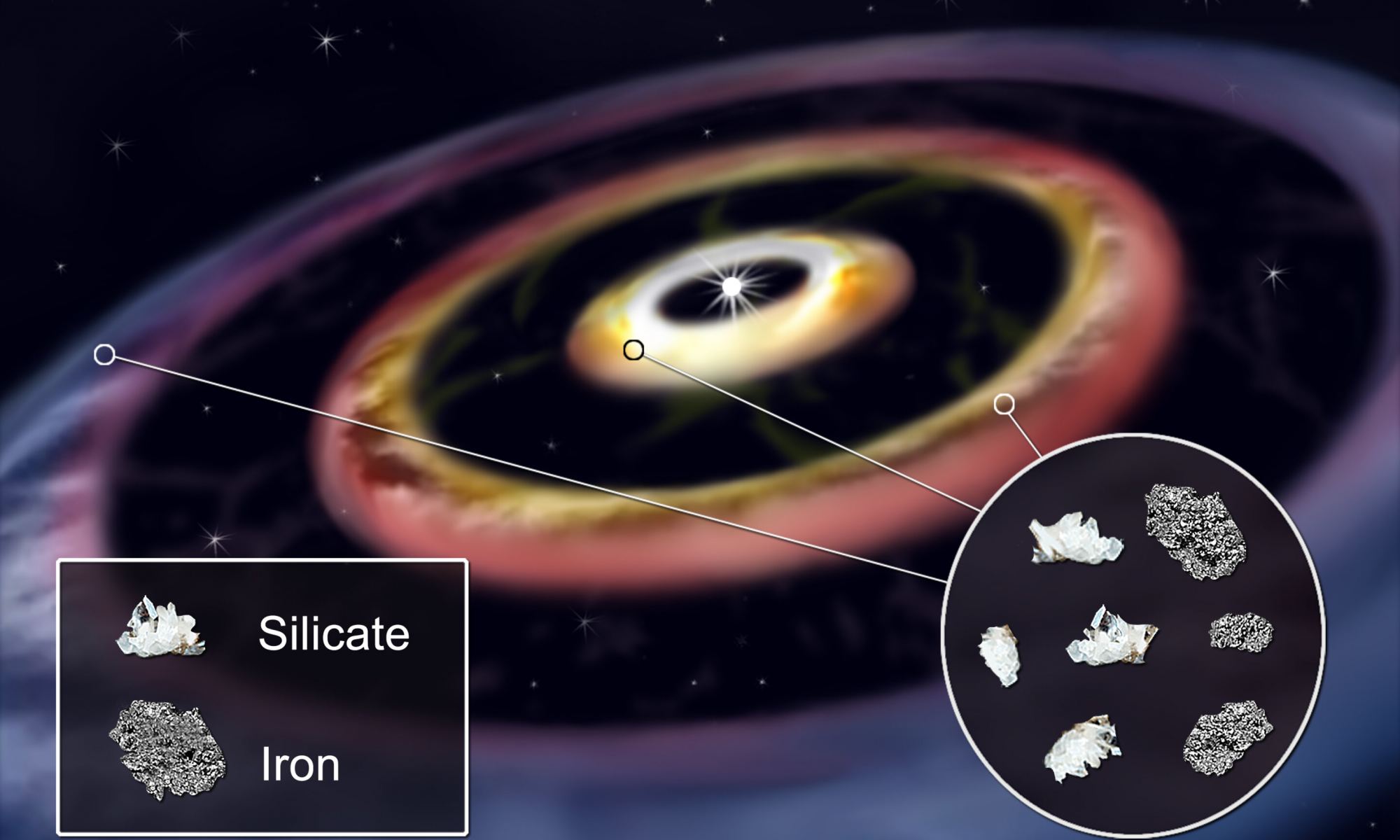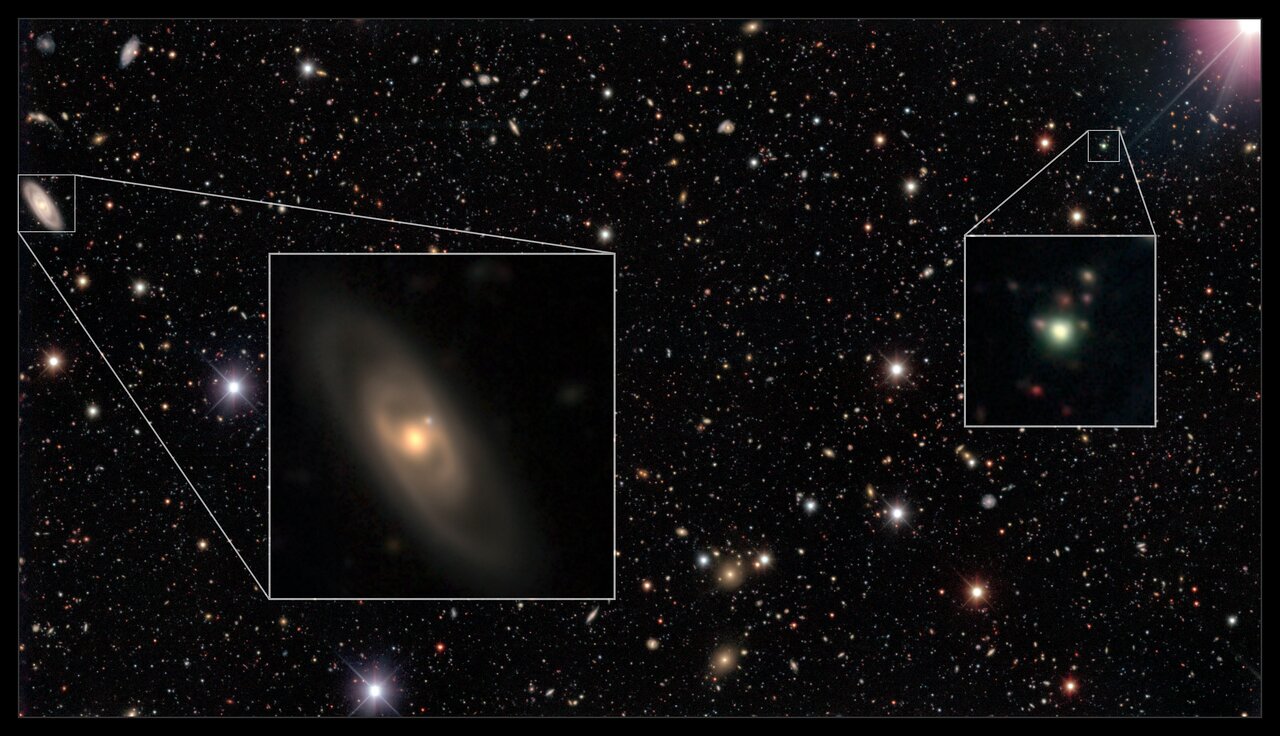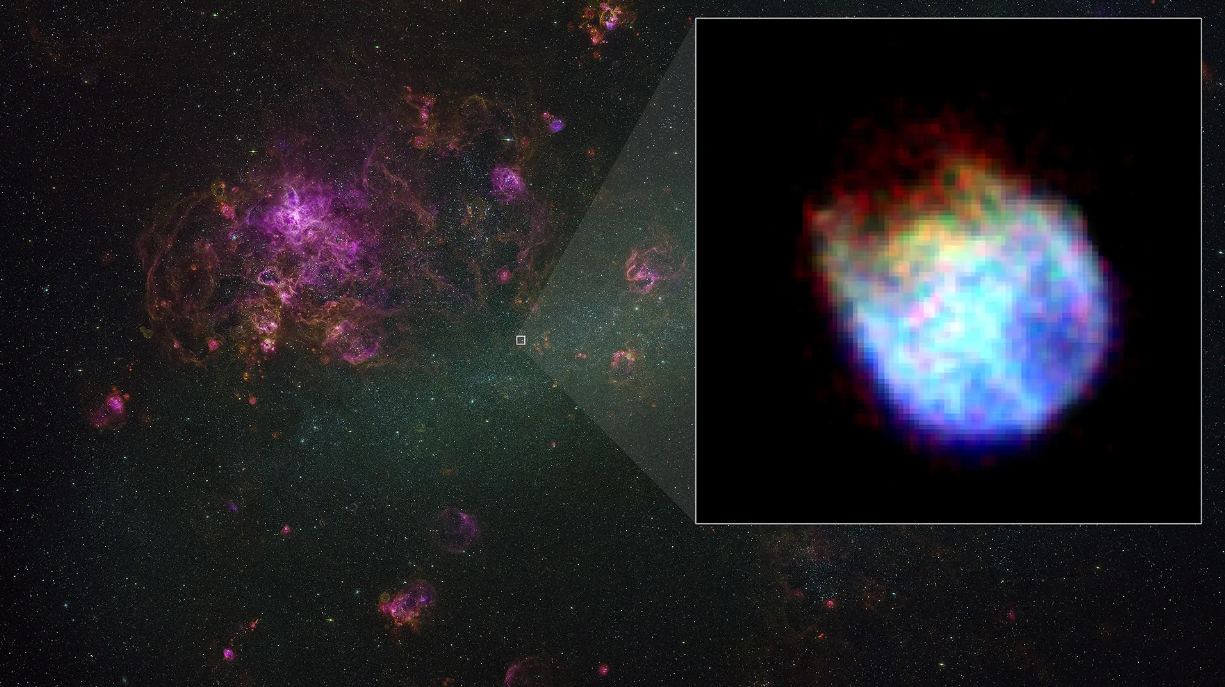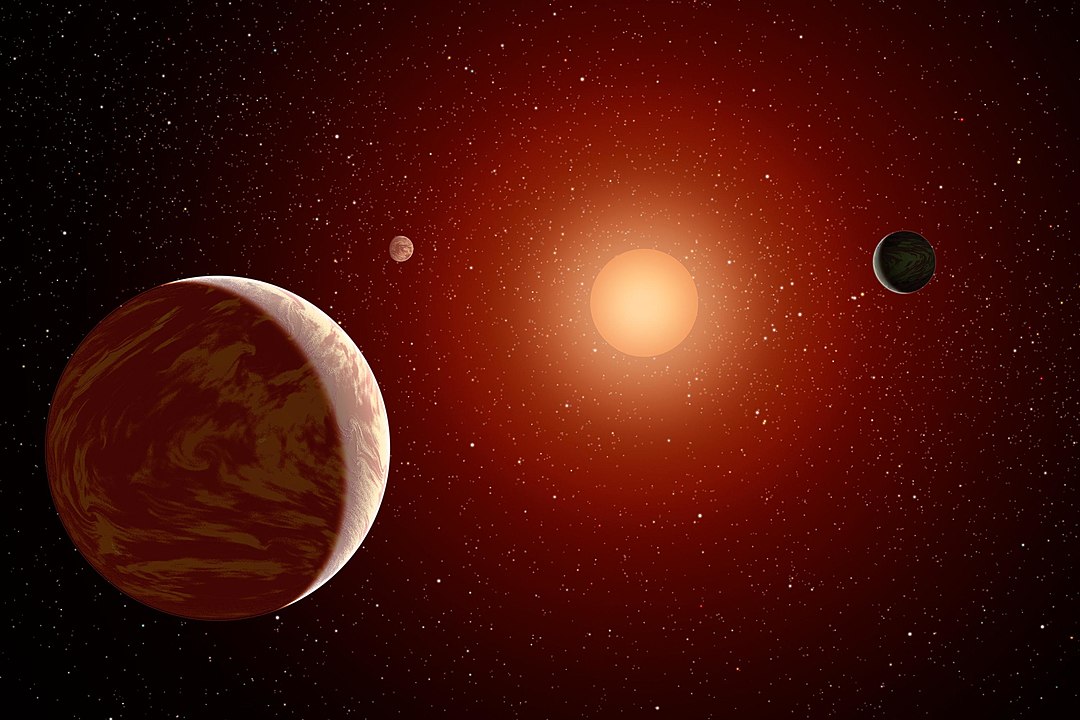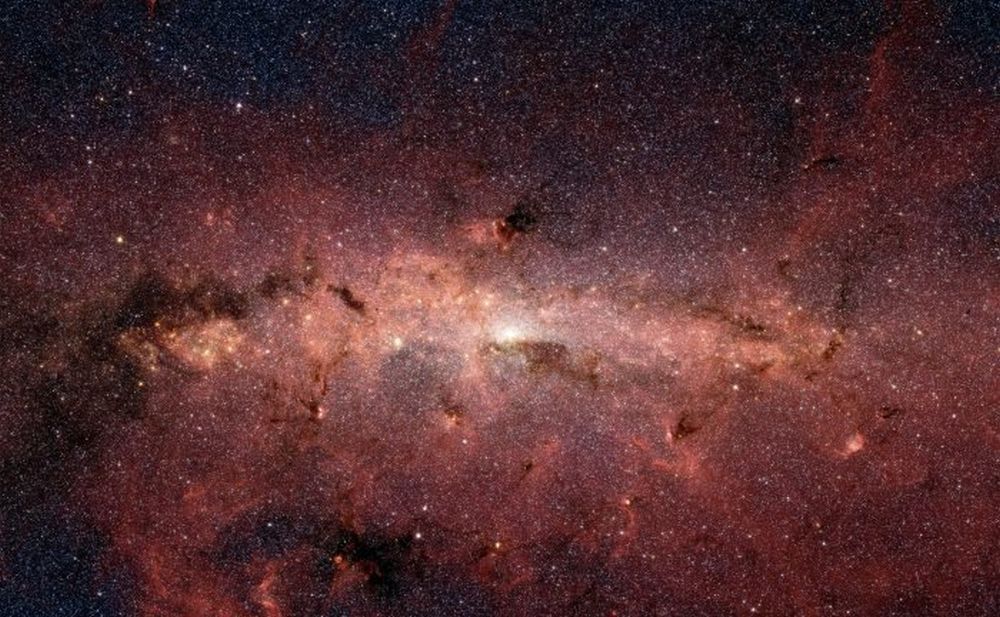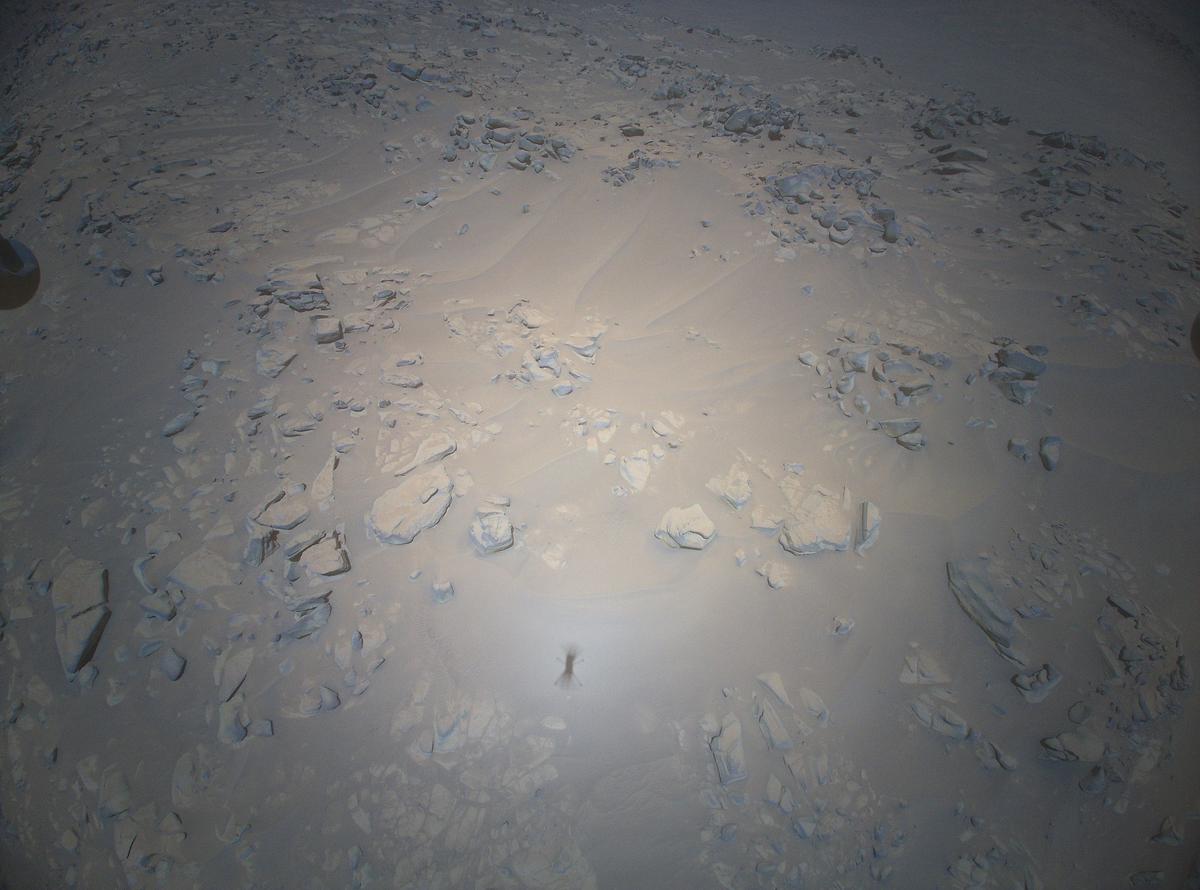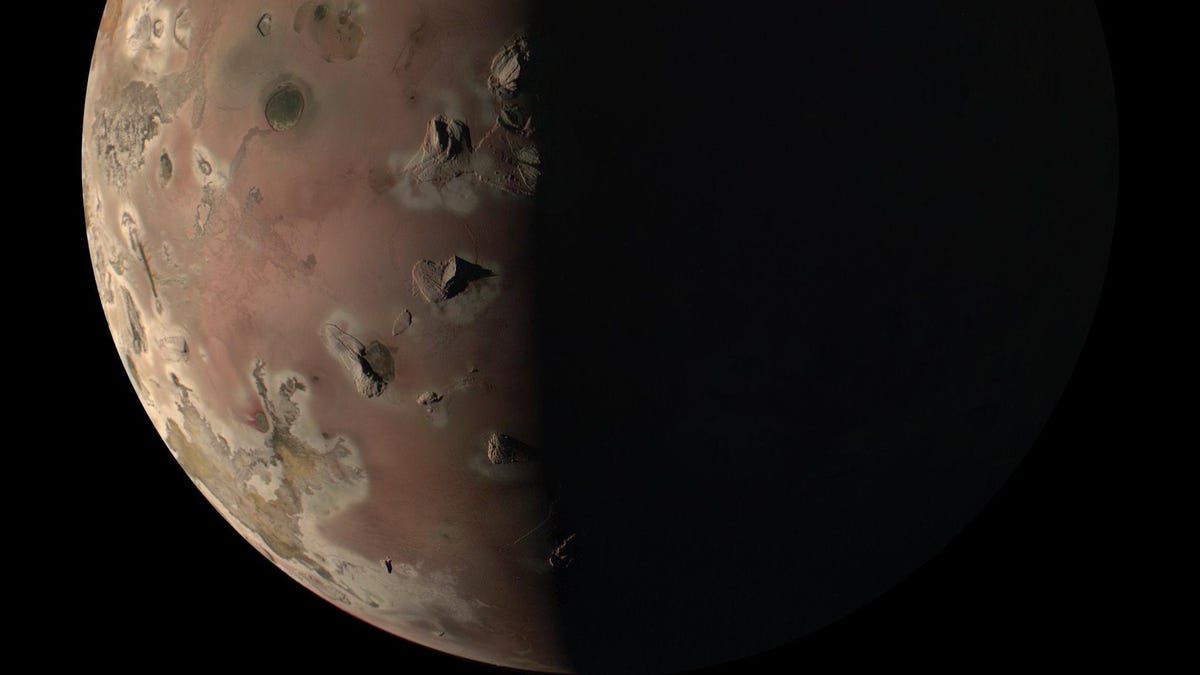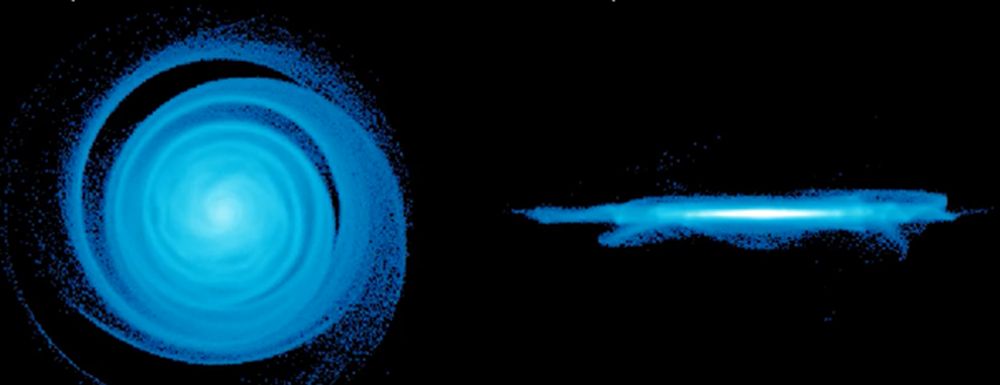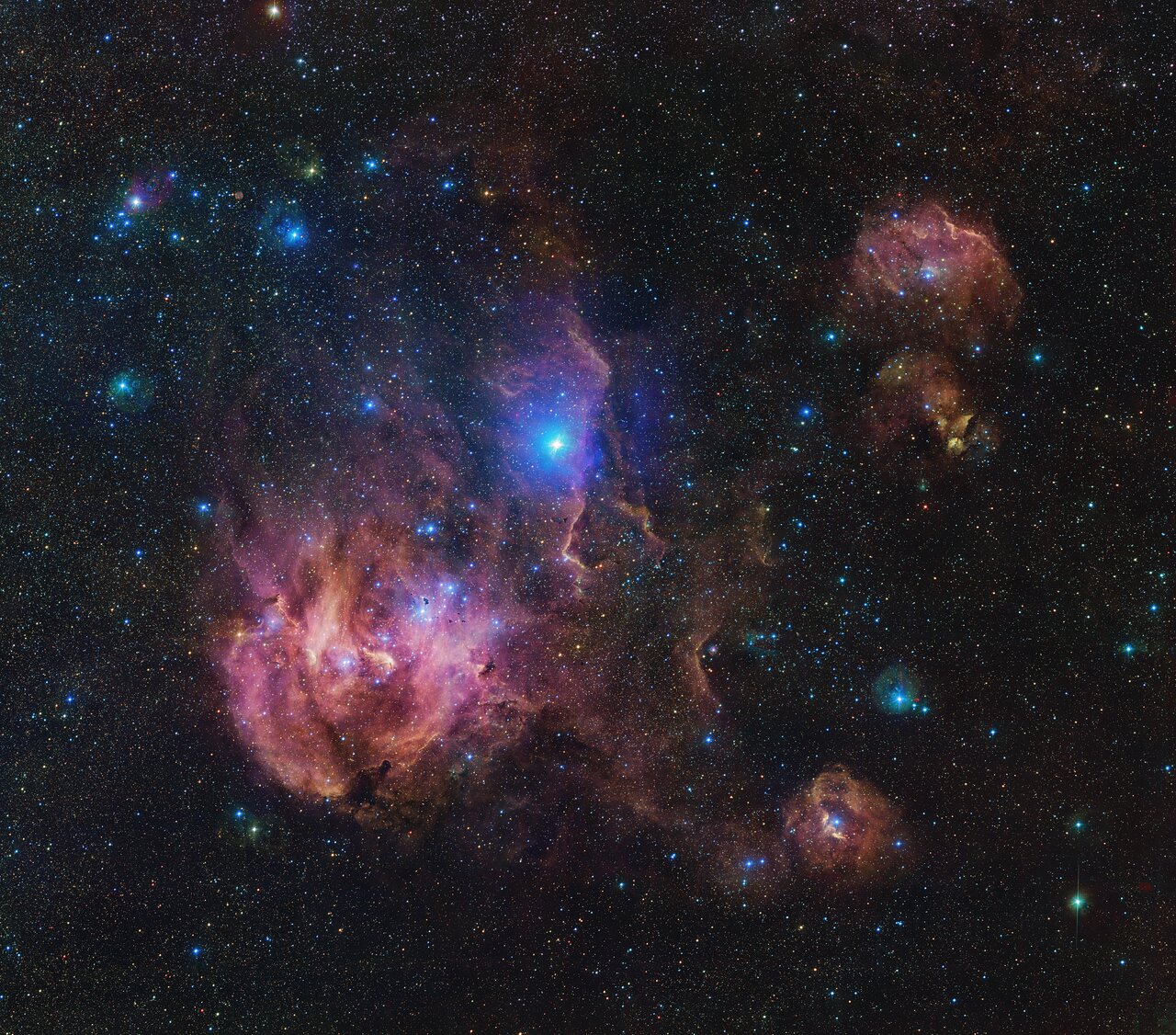Researchers using the ESO’s Very Large Telescope Interferometer (VLTI) have found three iron rings around a young star about 500 light-years away. The rings indicate that planets are forming. What can these rings tell us about how Earth and the other planets in our Solar System formed?
Continue reading “Three Iron Rings Around A Star Show Where Planets are Forming”Three Iron Rings Around A Star Show Where Planets are Forming
